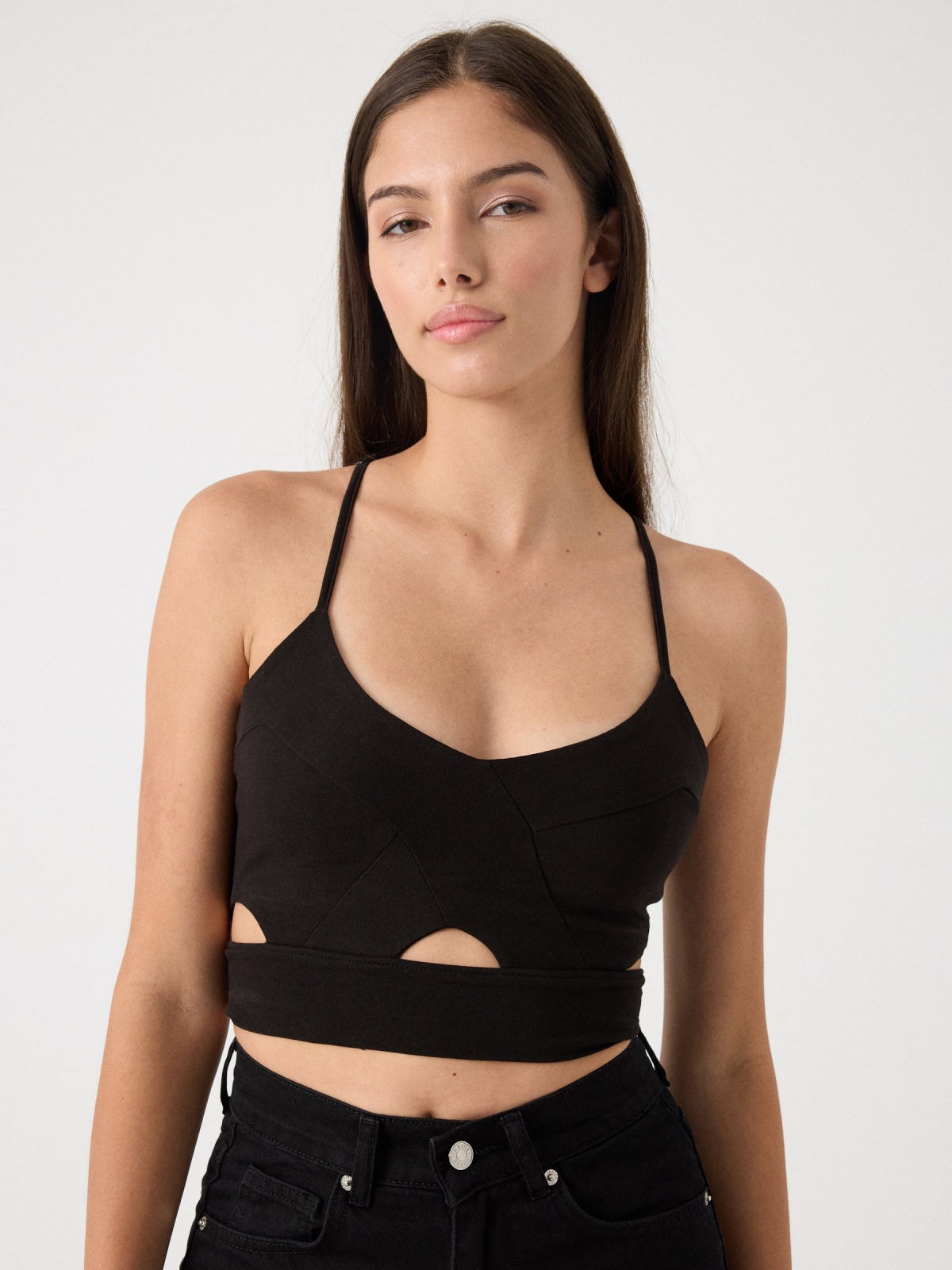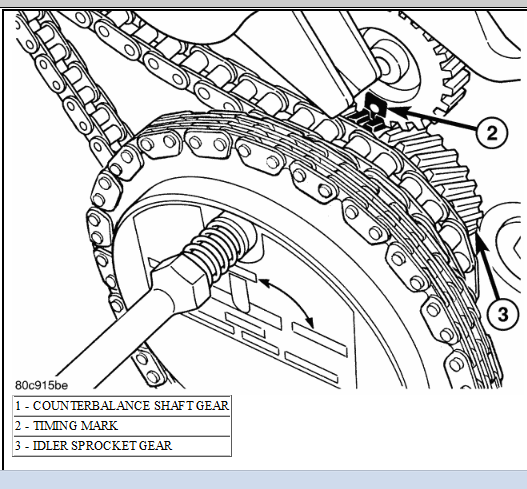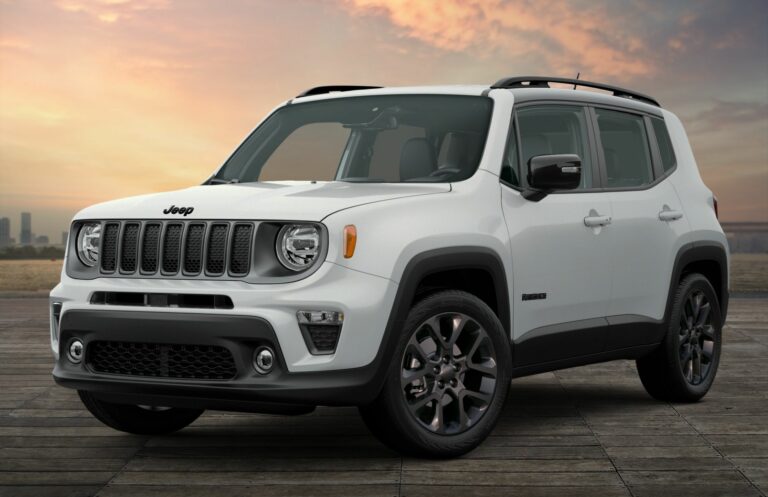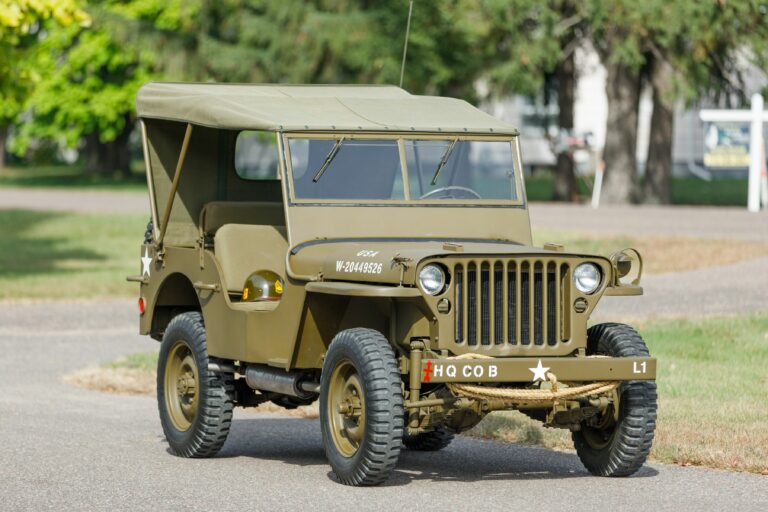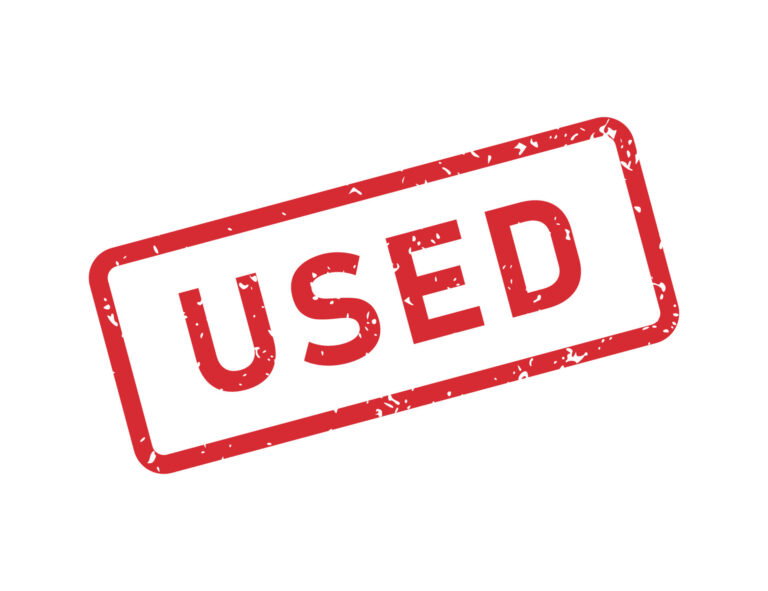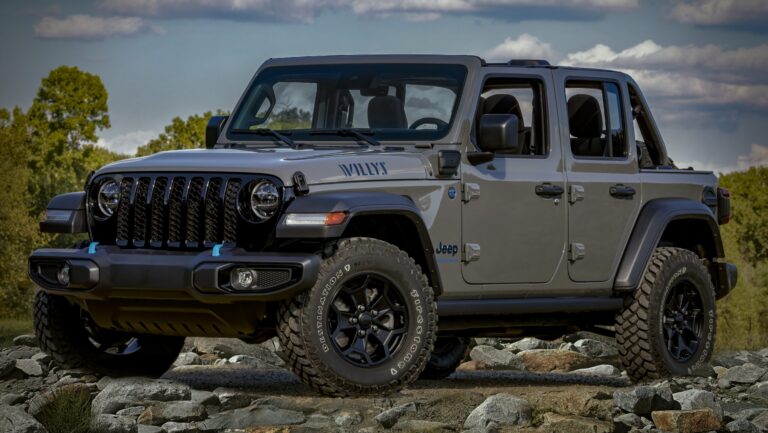Top 10 Accessories For Jeep Wrangler: Elevate Your Off-Road and On-Road Experience
Top 10 Accessories For Jeep Wrangler: Elevate Your Off-Road and On-Road Experience jeeps.truckstrend.com
The Jeep Wrangler isn’t just a vehicle; it’s a lifestyle, an icon of adventure, freedom, and rugged capability. While a stock Wrangler is undeniably impressive, its true potential is unleashed through the vast world of aftermarket accessories. These additions not only personalize your ride but significantly enhance its performance, utility, comfort, and safety, transforming it into a machine perfectly tailored to your adventures, whether conquering rocky trails or cruising city streets.
Accessorizing your Jeep Wrangler is about more than just aesthetics; it’s about optimizing its function, protecting your investment, and making every journey more enjoyable. From conquering the toughest terrains to organizing your gear for a weekend getaway, the right accessories can make all the difference. This comprehensive guide will delve into the top 10 must-have accessories for your Jeep Wrangler, providing detailed insights into their benefits, types, considerations, and practical advice to help you make informed decisions.
Top 10 Accessories For Jeep Wrangler: Elevate Your Off-Road and On-Road Experience
Unlocking Your Wrangler’s Full Potential: The Top 10 Must-Have Accessories
Choosing from the myriad of available accessories can be daunting. We’ve curated a list of the top 10 accessories that offer the most significant impact on your Wrangler’s performance, utility, and overall experience.
1. Winch: Your Ultimate Recovery Tool
- What it is & Why it’s Essential: A winch is a mechanical device used to pull objects, typically other vehicles or your own Jeep, out of difficult situations like mud, sand, or steep inclines. It’s the quintessential recovery tool for any serious off-roader, offering self-recovery capabilities when no one else is around to help.
- Benefits: Provides critical self-rescue in challenging terrain, aids in helping stuck fellow off-roaders, and can be used for various utility tasks like clearing obstacles.
- Types & Considerations: Winches are rated by their pulling capacity (e.g., 8,000 lbs to 12,000 lbs). For a Wrangler, aim for a capacity of at least 1.5 times your vehicle’s gross vehicle weight. Key types include electric (most common, versatile) and hydraulic (heavy-duty, consistent power). Look for features like synthetic rope (lighter, safer) vs. steel cable, remote control options, and waterproof ratings.
- Installation/Maintenance Tips: Typically mounts to a dedicated winch-compatible front bumper. Professional installation is recommended for proper wiring and secure mounting. Regular maintenance includes checking cable/rope condition and electrical connections.
- Actionable Advice: Don’t just buy a winch; learn how to use it safely and effectively. Consider a winch accessory kit that includes straps, shackles, and a snatch block.

2. Lift Kit: Gaining Ground Clearance and Presence
- What it is & Why it’s Essential: A lift kit raises your Jeep’s suspension, increasing ground clearance and allowing for the installation of larger tires. This is crucial for navigating over obstacles like rocks, logs, and deep ruts without damaging the undercarriage.
- Benefits: Enhanced off-road capability, improved approach/departure angles, aggressive stance and aesthetics, accommodates larger, more capable tires.
- Types & Considerations:
- Budget Boost/Spacer Lifts (1-2 inches): Inexpensive, simple, use spacers to lift existing suspension. Good for minor lifts and larger tires.
- Coil Spring Lifts (2-4 inches): Replaces coil springs, offering better ride quality and articulation.
- Short Arm/Long Arm Lifts (3+ inches): More complex, replaces control arms, offering superior articulation and ride quality, especially for extreme off-roading.
- Considerations: Ride quality, articulation, component quality (shocks, control arms), compatibility with existing drivetrain components, and potential need for other modifications (e.g., driveshafts, brake lines) with taller lifts. Research local laws regarding vehicle height limits.
- Installation/Maintenance Tips: Can be a complex DIY project for experienced mechanics, but professional installation is often recommended to ensure proper alignment and safety. Regular checks for wear on suspension components are vital.
- Actionable Advice: Determine your primary use (daily driver, moderate off-roader, extreme rock crawler) before choosing a lift height. A smaller, well-designed lift is often better than an overly tall one that compromises handling.
3. Off-Road Tires: The Foundation of Traction
- What it is & Why it’s Essential: Specialized tires designed with aggressive tread patterns and durable compounds to provide superior traction and puncture resistance on various off-road surfaces (mud, sand, rocks) where standard road tires would fail.
- Benefits: Unmatched grip off-road, improved flotation in soft terrain, enhanced durability against punctures, and a rugged look.
- Types & Considerations:
- All-Terrain (AT): Good balance for on-road comfort and off-road capability.
- Mud-Terrain (MT): Aggressive tread for maximum grip in mud and loose dirt, typically louder on-road.
- Hybrid Terrain (HT): A newer category blending AT and MT features for a good compromise.
- Considerations: Size (ensure compatibility with your lift and fenders), load rating, speed rating, noise level on pavement, and expected mileage.
- Installation/Maintenance Tips: Professional mounting and balancing are essential. Regularly check tire pressure (especially when airing down for off-road use), rotate tires, and inspect for damage.
- Actionable Advice: Don’t skimp on tires; they are your primary contact with the ground. Match your tire choice to the type of terrain you’ll encounter most frequently.
4. Rock Sliders/Side Armor: Protecting Your Investment
- What it is & Why it’s Essential: Heavy-duty steel or aluminum bars that mount to the frame or body of your Jeep, extending outward to protect the rocker panels (the vulnerable area below the doors) from damage when sliding over rocks, logs, or other obstacles.
- Benefits: Prevents costly body damage, acts as a convenient step for easier entry/exit, and enhances the rugged aesthetic of your Wrangler.
- Types & Considerations:
- Frame-Mounted: Offer superior protection as they are directly connected to the strongest part of the vehicle.
- Body-Mounted: Easier to install but less robust.
- Considerations: Material (steel vs. aluminum), coating (powder coat for durability), step design (integrated step vs. pure slider), and compatibility with existing fender flares or body modifications.
- Installation/Maintenance Tips: Some may require drilling; others bolt directly to existing points. Regularly check mounting bolts for tightness and inspect for rust or damage.
- Actionable Advice: If you plan on any serious off-roading, rock sliders are a non-negotiable accessory to protect your Jeep’s bodywork.
5. Aftermarket Bumper (Front & Rear): Enhanced Protection and Utility
- What it is & Why it’s Essential: Replaces the factory bumpers with more robust, often steel, versions designed to withstand impacts, provide better approach/departure angles, and integrate features like winch mounts, D-ring shackles, and tire carriers.
- Benefits: Superior protection from trail hazards and minor collisions, improved off-road angles, dedicated mounting points for winches, auxiliary lights, and spare tires (for rear bumpers).
- Types & Considerations:
- Front Bumpers: Full-width, mid-width, stubby (narrowest, best approach angle), typically with winch plate and D-ring mounts.
- Rear Bumpers: Often include a swing-out tire carrier (essential for larger tires), D-ring mounts, and sometimes integrated hitch receivers.
- Considerations: Material (steel, aluminum), weight (can affect suspension), light mounts, fog light compatibility, sensor compatibility (for newer models), and aesthetic preference.
- Installation/Maintenance Tips: Generally a bolt-on process, but the weight can make it a two-person job. Regular inspection for rust and secure mounting.
- Actionable Advice: Choose bumpers that match your off-road needs. A stubby front bumper maximizes approach angle, while a sturdy rear bumper with a tire carrier is crucial for larger spare tires that won’t fit the tailgate.
6. LED Light Bars & Auxiliary Lighting: Illuminating the Trail
- What it is & Why it’s Essential: High-intensity LED light bars and auxiliary pods that provide significantly more illumination than factory headlights, crucial for night wheeling, camping, or simply enhancing visibility in low-light conditions.
- Benefits: Dramatically improved visibility off-road at night, enhanced safety, allows for faster and safer navigation on trails, and provides a distinctive, aggressive look.
- Types & Considerations:
- Light Bars: Vary in length (e.g., 20 inches to 50 inches), beam pattern (spot, flood, combo), and mounting locations (windshield, bumper, hood).
- Pod Lights: Smaller, versatile lights for specific areas like A-pillars, rock lights, or reverse lights.
- Considerations: Lumens/Wattage, beam pattern, waterproof rating (IP rating), wiring harness quality, mounting options, and legality for on-road use (many are for off-road only).
- Installation/Maintenance Tips: Requires proper wiring to a switch and the battery. Many kits come with dedicated harnesses. Ensure connections are waterproof.
- Actionable Advice: Research local laws regarding auxiliary lighting on public roads. For off-road use, consider a combination of spot and flood beams for comprehensive illumination.
7. Grab Handles: Secure Entry and Stability
- What it is & Why it’s Essential: Sturdy handles installed on the roll bar or A-pillars that provide a secure grip for passengers and drivers when entering/exiting the lifted vehicle or bracing themselves during aggressive off-road maneuvers.
- Benefits: Enhanced safety and comfort for occupants, especially on uneven terrain; easier ingress/egress for lifted Jeeps; prevents passengers from being jostled around.
- Types & Considerations:
- Roll Bar Mounted: Strap-on or bolt-on, typically soft or hard plastic.
- A-Pillar Mounted: More rigid, often metal, bolted directly to the pillar.
- Considerations: Material (nylon, paracord, steel), mounting method, comfort of grip, and overall durability.
- Installation/Maintenance Tips: Many are simple strap-on installations. Bolt-on types may require minor drilling.
- Actionable Advice: A simple, inexpensive upgrade that significantly improves passenger comfort and safety, especially for those new to off-roading or with limited mobility.
8. All-Weather Floor Mats: Protecting Your Interior
- What it is & Why it’s Essential: Custom-fit, heavy-duty rubber or thermoplastic floor mats designed with deep channels and raised edges to trap dirt, mud, snow, and liquids, protecting your Jeep’s carpet from stains and wear.
- Benefits: Preserves the resale value of your interior, makes cleaning a breeze, prevents water damage and mold, and provides excellent grip for your feet.
- Types & Considerations:
- Custom-Fit: Designed specifically for your Wrangler model, ensuring maximum coverage.
- Universal: Less precise fit but more affordable.
- Considerations: Material quality (durability, odor), anti-slip backing, ease of cleaning, and coverage (front, rear, cargo area). Popular brands include WeatherTech and Husky Liners.
- Installation/Maintenance Tips: Simply drop them in. Easy to remove and hose off for cleaning.
- Actionable Advice: An essential accessory for any Jeep owner, especially if you regularly carry passengers, pets, or venture off-road.
9. Cargo Management System/Trunk Organizer: Keeping Gear Tidy
- What it is & Why it’s Essential: Solutions designed to organize and secure gear in the often-limited and open cargo area of a Wrangler, preventing items from sliding around, getting lost, or being damaged during transit, especially on rough trails.
- Benefits: Maximizes usable cargo space, keeps gear organized and accessible, prevents items from becoming projectiles during sudden stops or off-road bumps, and can deter theft.
- Types & Considerations:
- Trunk Organizers/Bags: Soft or rigid containers that fit into the cargo area.
- Cargo Nets/Grids: Secure items against the floor or walls.
- Drawer Systems/Storage Boxes: More permanent, lockable storage solutions.
- MOLLE Panels: Modular webbing systems for attaching various pouches and tools.
- Considerations: Size and shape of your cargo area, type of gear you carry, need for security (lockable), and ease of removal if needed.
- Installation/Maintenance Tips: Varies from simple placement to more involved bolt-in solutions. Keep clean and inspect for wear.
- Actionable Advice: Invest in a system that caters to your specific needs, whether it’s for camping gear, recovery tools, or daily essentials.
10. On-Board Air Compressor: Tire Pressure Management
- What it is & Why it’s Essential: A portable or permanently mounted air compressor that allows you to quickly air down your tires for increased traction and a smoother ride off-road, and then air them back up to highway pressure when you return to pavement.
- Benefits: Improves off-road traction and ride comfort, prevents tire damage on rough terrain, extends tire life, and eliminates the need to find gas stations or air pumps after a trail run.
- Types & Considerations:
- Portable: Self-contained units that plug into a 12V outlet or battery, easy to store.
- Mounted: Hard-wired systems, often mounted under the hood or in the cargo area, more powerful and convenient.
- Considerations: CFM (Cubic Feet per Minute) rating (higher CFM means faster inflation), duty cycle (how long it can run continuously), included accessories (hoses, gauges), and noise level.
- Installation/Maintenance Tips: Portable units are plug-and-play. Mounted units require basic wiring. Keep filters clean and check hoses.
- Actionable Advice: Essential for anyone who regularly airs down their tires for off-roading. A high-quality compressor saves time and effort.
Tips for Accessorizing Your Wrangler
- Prioritize Your Needs: Consider how you primarily use your Jeep (daily driver, weekend warrior, hardcore off-roader) and choose accessories that align with those activities.
- Research Compatibility: Ensure accessories are compatible with your specific Wrangler model and year (e.g., JK, JL, 2-door, 4-door).
- Set a Budget: Accessories can add up quickly. Plan your purchases and prioritize the most impactful upgrades first.
- Quality Over Quantity: Invest in reputable brands and high-quality products that will last and perform reliably, especially for safety-critical items.
- DIY vs. Professional Installation: Some accessories are simple bolt-ons, while others (like lift kits or complex wiring) are best left to experienced professionals.
- Check Local Laws: Be aware of any local regulations regarding vehicle modifications, especially for lift kits, tire size, and auxiliary lighting.
Accessory Price Guide
Here’s an estimated price range for the Top 10 accessories. Prices can vary significantly based on brand, quality, specific features, and installation costs.
| Rank | Accessory Name | Estimated Price Range (USD) | Key Features / Notes |
|---|---|---|---|
| 1 | Winch | $400 – $1,500+ | Capacity (8k-12k lbs), synthetic rope vs. steel cable, remote control, waterproof |
| 2 | Lift Kit | $200 – $4,000+ | Spacer, Coil Spring, Short/Long Arm; 1-6+ inches; ride quality, component quality |
| 3 | Off-Road Tires | $200 – $500+ per tire | All-Terrain (AT), Mud-Terrain (MT), Hybrid; size, load rating, on-road noise |
| 4 | Rock Sliders/Side Armor | $300 – $1,000+ | Steel vs. Aluminum; frame-mounted vs. body-mounted; integrated step options |
| 5 | Aftermarket Bumper (Front) | $300 – $1,500+ | Stubby, mid-width, full-width; winch mount, D-ring mounts, light tabs |
| 6 | LED Light Bars & Auxiliary | $50 – $1,000+ | Lumens, beam pattern (spot/flood), length, IP rating, wiring harness |
| 7 | Grab Handles | $20 – $100+ | Material (paracord, steel, nylon); roll bar or A-pillar mount; ease of installation |
| 8 | All-Weather Floor Mats | $100 – $250+ | Custom-fit vs. universal; material durability, coverage (front, rear, cargo) |
| 9 | Cargo Management System | $50 – $1,000+ | Organizers, nets, drawers, MOLLE panels; security, capacity, ease of access |
| 10 | On-Board Air Compressor | $100 – $700+ | CFM rating, duty cycle, portable vs. mounted, accessories included (hose, gauge) |
Prices are estimates and can vary greatly depending on brand, specific model, and current market conditions. Installation costs are typically separate.
Frequently Asked Questions (FAQ)
Q1: Do I need professional installation for all accessories?
A1: No. Many accessories like grab handles, floor mats, and some cargo organizers are simple DIY installations. However, complex items like lift kits, winches (due to wiring), and bumpers often benefit from professional installation to ensure safety and proper function.
Q2: Will adding accessories void my warranty?
A2: Generally, adding aftermarket accessories will not automatically void your entire vehicle warranty. However, if an accessory directly causes a failure of a related component, that specific component’s warranty might be affected. For instance, an improperly installed lift kit might void the warranty on your suspension components. It’s best to check with your dealership or read your warranty terms carefully.
Q3: How do I choose the right size lift kit?
A3: The right lift kit depends on your primary use. For a daily driver that sees occasional trails, a 1-2 inch lift (often a budget boost) is sufficient to clear slightly larger tires (e.g., 33-inch). For more serious off-roading, a 2.5-3.5 inch lift allows for 35-inch tires and provides significant ground clearance. Taller lifts (4+ inches) are for extreme off-roading and typically require additional modifications.
Q4: Are all accessories compatible with all Wrangler models (JL, JK, TJ)?
A4: No, compatibility is crucial. Accessories are often designed for specific Wrangler generations (e.g., JL for 2018-present, JK for 2007-2018, TJ for 1997-2006). Always verify the product’s fitment for your exact year and model.
Q5: What’s the most important first accessory for a new Wrangler owner?
A5: This depends on your intentions. If you plan any off-roading, good off-road tires and a winch are paramount for safety and capability. For general use and protecting your investment, all-weather floor mats are an excellent and affordable first step.
Q6: Are there legal restrictions on certain modifications?
A6: Yes, many states and countries have laws regarding vehicle modifications, especially concerning vehicle height, tire protrusion, and auxiliary lighting. For example, some states have limits on how high you can lift your vehicle, and auxiliary lights may only be legal for off-road use. Always check your local Department of Motor Vehicles (DMV) or equivalent authority for specific regulations.
Conclusion
The Jeep Wrangler is more than just a vehicle; it’s a blank canvas for adventure and self-expression. By carefully selecting the right accessories, you can transform your Wrangler into a highly capable, comfortable, and personalized machine that perfectly suits your lifestyle. Whether you’re chasing the thrill of the trail, seeking overland adventures, or simply enjoying the unique Jeep culture, investing in these top 10 accessories will undoubtedly enhance your experience. Remember to prioritize quality, research compatibility, and always consider safety and legality to ensure your Wrangler remains a reliable and exciting companion for years to come. Embrace the freedom, explore more, and let your accessorized Jeep Wrangler take you wherever the road (or lack thereof) may lead!
